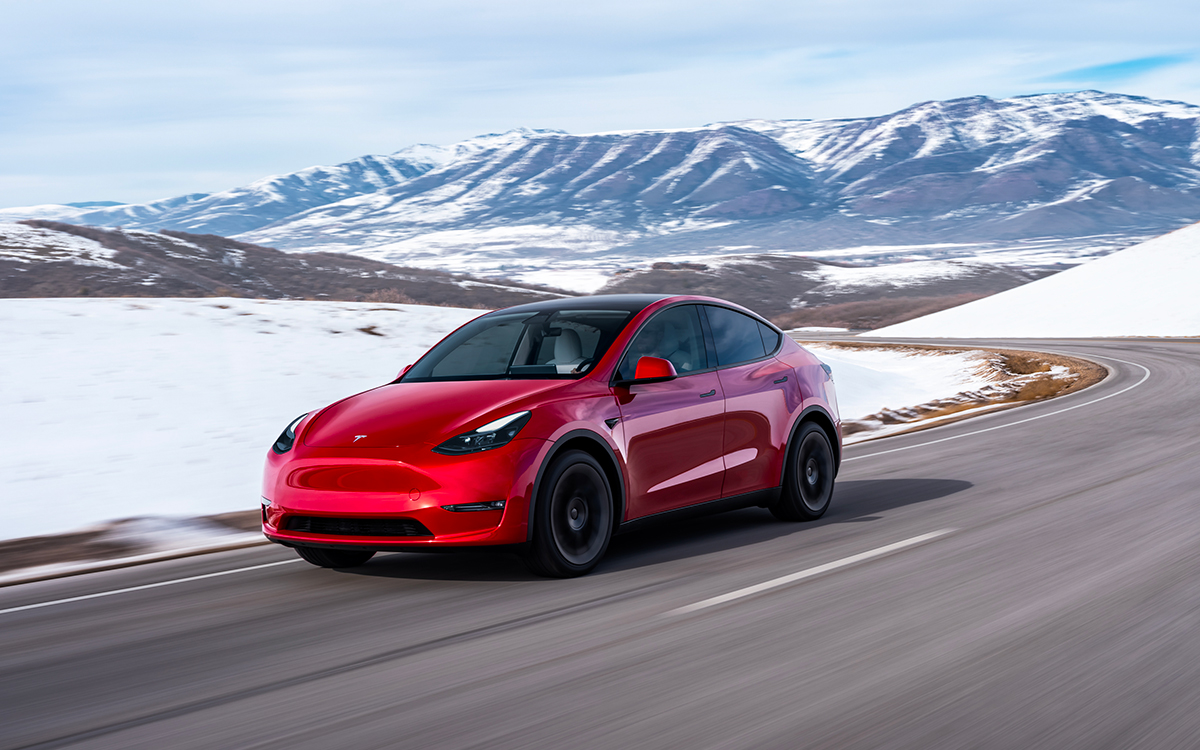Consumer Reports decided to compare the advertised range of four popular electric cars according to weather conditions. The opportunity to see how the temperature, but also other factors, significantly impact autonomy.
As we know, the range of electric cars can be severely reduced by weather conditions, especially low temperatures. The Consumer Reports Association has rightly decided to observe the real impact on the range of EVs.
The idea? Take four popular electric cars, namely the Tesla Model Y Long Range, the Ford Mustang Mach-E, the Hyundai Ioniq 5 and the Volkswagen ID.4 Pro S, and compare the ranges announced by the manufacturers with those obtained at different periods of the year.
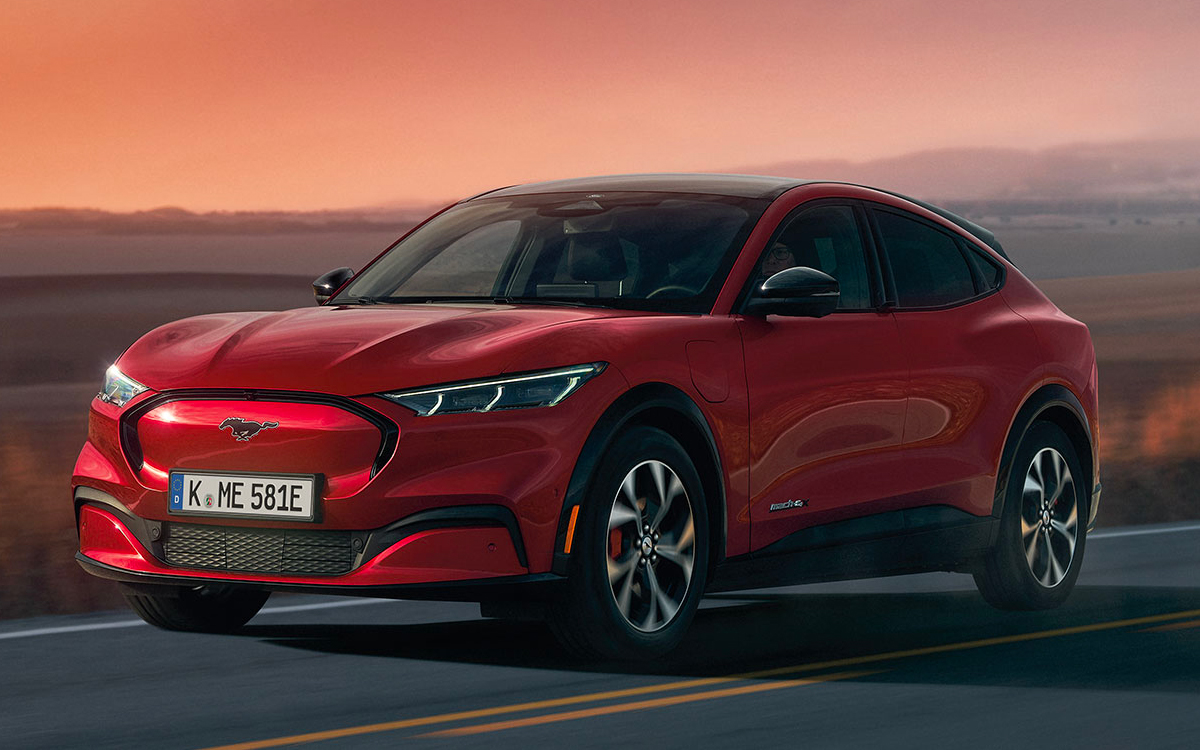
Note the impact of the weather on the real autonomy
To do this, each car was tested in the same way (i.e. an average speed of 112 km/h on the motorway during a round trip of 228 km), by the same drivers, in a caravan, at three different periods. of the year : in winter, spring and summer.
In addition, and to ensure the most honest results possible, the vehicles were fully charged overnight before the trip, while the regenerative braking function has been set to the lowest value.
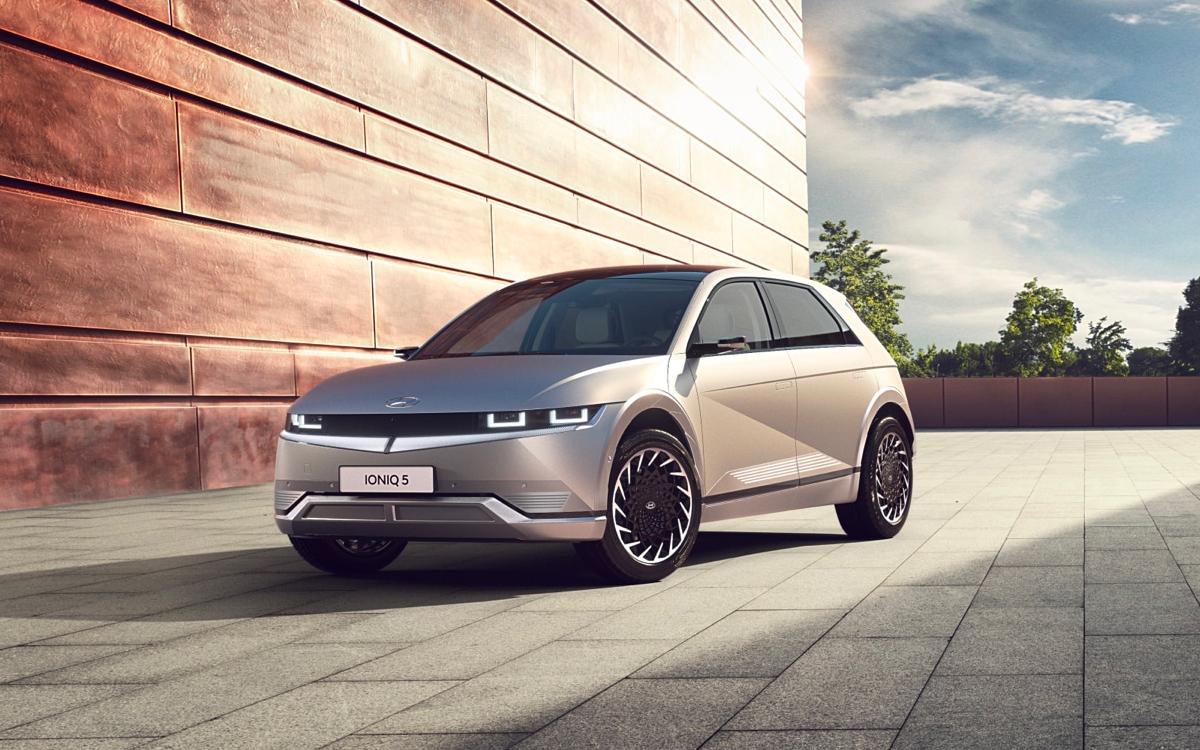
The cold unsurprisingly reduces autonomy
Unsurprisingly, Consumer Reports found that winter cold reduced 25% autonomy at a constant speed of 112 km/h. And if things improve with warmer temperatures, against all odds, thehe best results were recorded in the middle of August with a mercury around 29 ° C (and this despite the use of air conditioning).
On a case-by-case basis, it turns out that the Tesla Model Y has systematically displayed less autonomy than that promised by the manufacturer, namely 524 km in the EPA cycle. Thus, with an outside temperature of -8° C, the engineers noted a total autonomy of 299km.
By way of comparison, the Mustang Mach-E, whose official range is 434 km, obtained a result of 302 km in cold weather. As for the Ioniq 5, the experts recorded a autonomy of 294 km in winter, which contrasts with the 412 km promised by the manufacturer in the EPA cycle. The situation remains similar with the ID. 4 Pro S with a battery life of 273 km in cold weather (against 386 km in the EPA cycle).
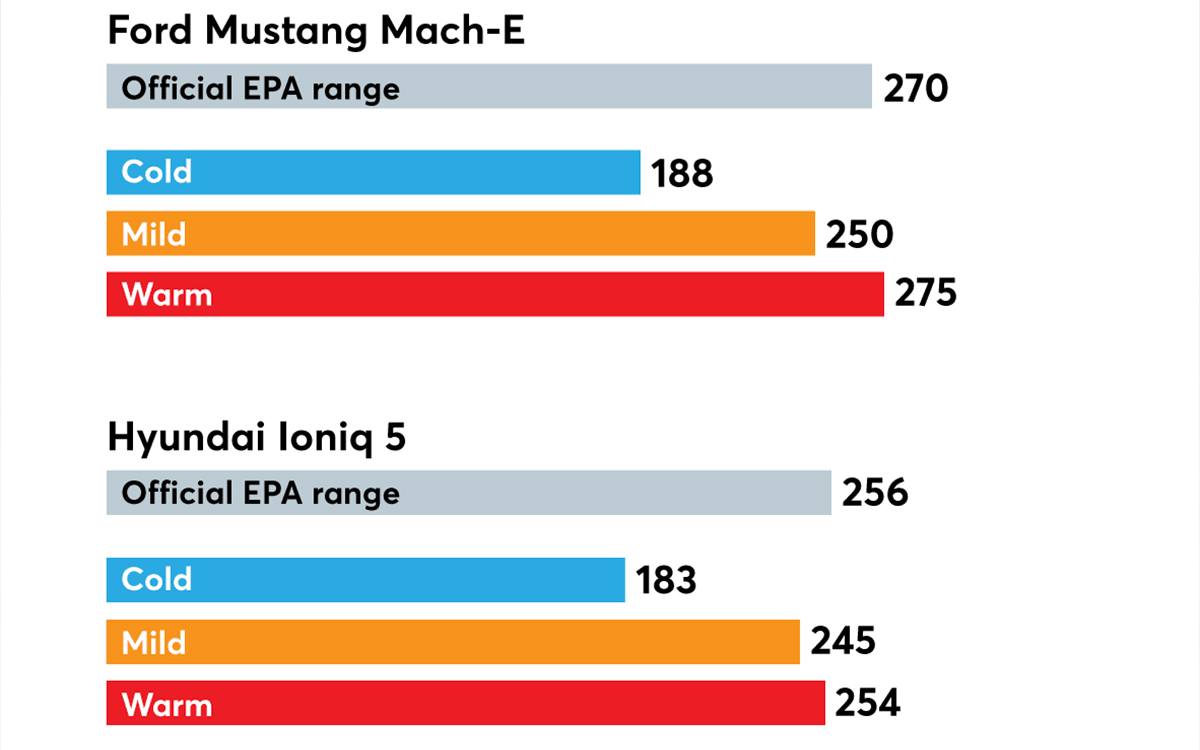
Significantly higher range in summer… in some cases
Where it gets interesting is that in mild weather (around 18°C), the range of the four cars jumped to between 80 and 100 km. Nevertheless, the figures obtained have never approached the autonomy promised by the four manufacturers in the EPA cycle.
On the other hand, in hot weather (29° C), the same test revealed that the EPA autonomy was reached, even exceeded in the case of the ID. 4 and the Mustang Mach-E (respectively 442 km and 412 km for estimates set at 434 km and 386 km). Conversely, it’s more like grimace soup for the Tesla Model Y Long Range.
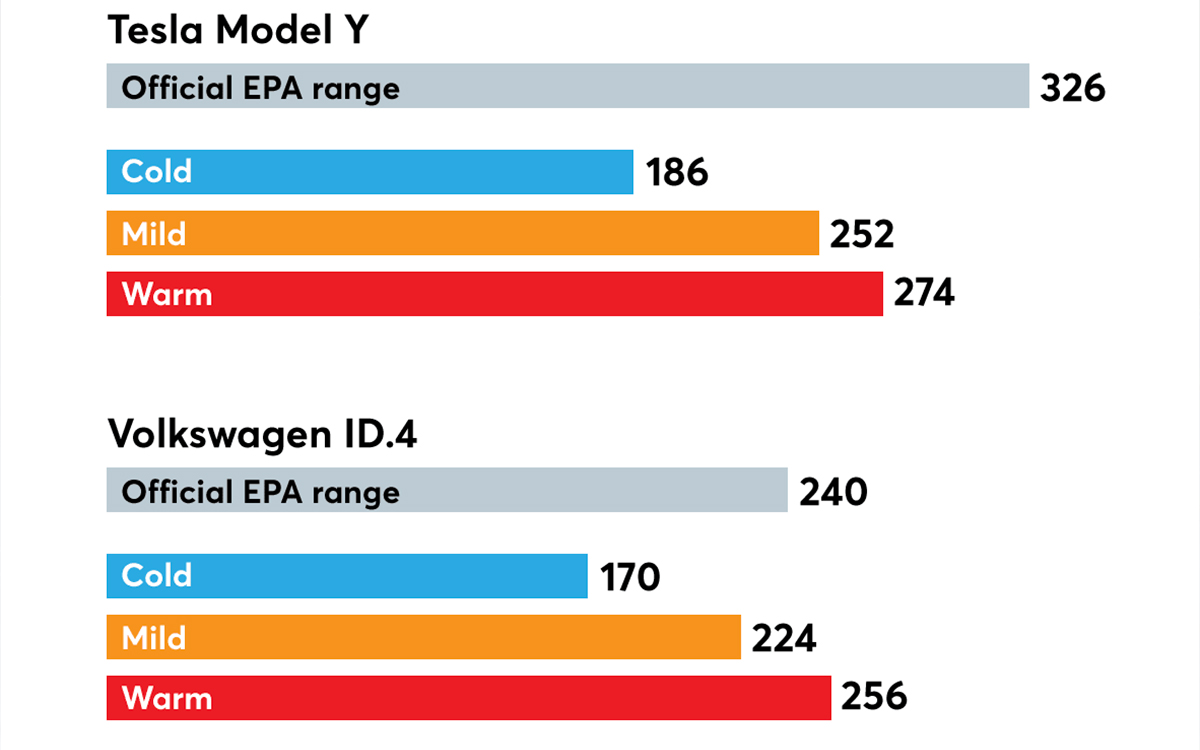
Indeed, Tesla’s SUV never reached the promised autonomy of 524 km in the EPA cycle in all situations: 299 km in cold weather, 405 km in mild weather and 440 km in hot weather. To conclude, it is especially important to remember from this battery of tests that the autonomy declared by the manufacturers is only indications and not absolute values.
Furthermore, it should be noted that this study was carried out based on the EPA cycle, the standard in force in the United States. However, this value is based on a mixture of city and highway driving. As these tests were carried out on the motorway only, it was to be expected that these vehicles have a lower range than their nominal value (not being able to take advantage of regenerative braking to gain a few kilometers).
Source: Consumer Reports
